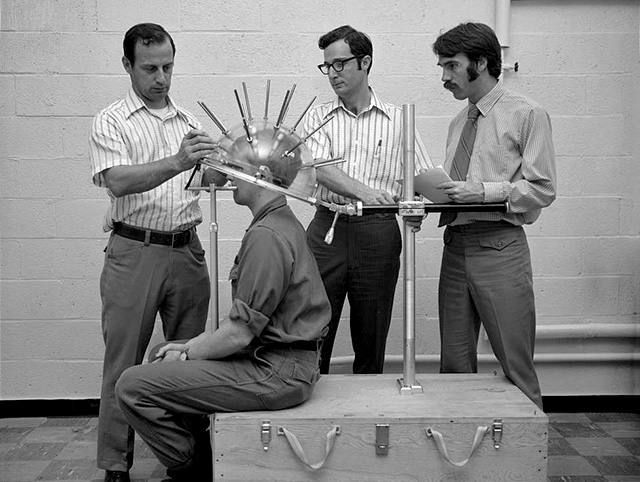A Look at Anthropometry Measurements
Ever wondered how car manufacturers design seats that seem to fit everyone, or how architects create buildings that feel comfortable for people of all shapes and sizes? The answer lies in a fascinating science called anthropometry, the systematic study of measuring the human body.
This guide dives into the world of anthropometry, exploring what it is, why it's important, how measurements are taken, and the numerous advantages it offers across various fields.
What is Anthropometry and Why is it Important?
Anthropometry goes beyond simply measuring height and weight. It's a detailed analysis of various body dimensions and proportions, providing valuable insights into:
- Growth and development: Tracking growth patterns in children and adolescents is crucial for assessing health and well-being. Anthropometry plays a vital role in monitoring these changes.
- Nutritional status: Measurements like weight, skinfold thickness, and body mass index (BMI) can indicate potential nutritional deficiencies or obesity risks in adults.
- Product design: From clothes that fit well to comfortable car seats and airplane cabins, anthropometry ensures products cater to the human form, promoting safety and functionality.
- Ergonomics: Designing products and workplaces that minimize strain and discomfort relies heavily on anthropometric data. This ensures workstations, tools, and equipment are built for optimal functionality and user safety.
How Anthropometric Measurements are Taken
Accurately capturing human body dimensions requires specific techniques and tools. Here's a look at some common methods:
- Specialized Instruments: Anthropometers, calipers, and stadiometers are used to measure distances, skinfold thickness, and height, respectively.
- Standardized Procedures: Established protocols ensure consistent and accurate measurements. This involves factors like posture, clothing allowance, and specific body landmarks as reference points.
- Digital Technologies: 3D scanning and motion capture technologies are increasingly used, offering more detailed and precise data collection.
A World Shaped by Measurements
The benefits of anthropometry extend far beyond the initial data collection. Here are some key advantages it offers:
- Improved Product Design: By understanding the range of human body dimensions, products can be designed to fit a wider range of users, enhancing comfort, safety, and functionality.
- Enhanced Healthcare: Anthropometry is a valuable tool for healthcare professionals, aiding in growth monitoring, nutritional assessment, and even ergonomic recommendations for patients with musculoskeletal issues.
- Optimized Workplaces: Ergonomic design principles informed by anthropometry help create safer and more comfortable work environments, reducing the risk of work-related injuries and improving worker productivity.
- Accessibility and Inclusion: Anthropometric data is crucial for designing buildings, transportation systems, and public spaces that are accessible and usable for people with disabilities.
- Forensic Science: Measurements of bones and teeth can provide valuable clues about age, sex, stature, and ethnicity, aiding in identifying individuals from skeletal remains.
In conclusion, anthropometry plays a vital role in shaping a world that works better for everyone. From the clothes we wear to the workplaces we function in, anthropometric measurements are the invisible thread weaving together comfort, safety, and functionality in our everyday lives. As technology advances and our understanding of human diversity deepens, anthropometry holds the promise of creating an even more inclusive and user-centered world.



0 Comments:
Post a Comment
Subscribe to Post Comments [Atom]
<< Home